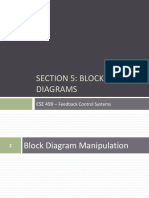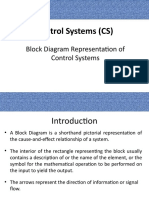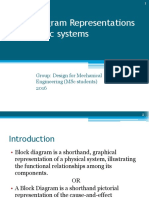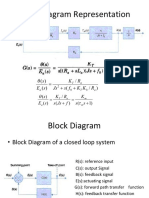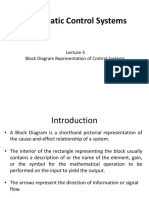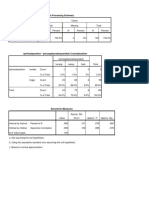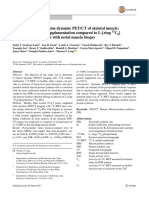0% found this document useful (0 votes)
54 views82 pagesSection 2 Block Diagrams & Signal Flow Graphs
Uploaded by
John ValenzonaCopyright
© © All Rights Reserved
We take content rights seriously. If you suspect this is your content, claim it here.
Available Formats
Download as DOCX, PDF, TXT or read online on Scribd
0% found this document useful (0 votes)
54 views82 pagesSection 2 Block Diagrams & Signal Flow Graphs
Uploaded by
John ValenzonaCopyright
© © All Rights Reserved
We take content rights seriously. If you suspect this is your content, claim it here.
Available Formats
Download as DOCX, PDF, TXT or read online on Scribd
/ 82



